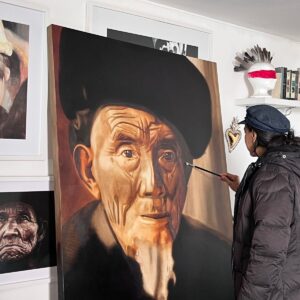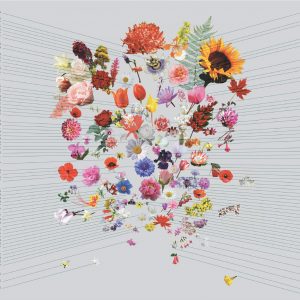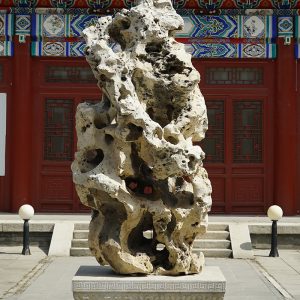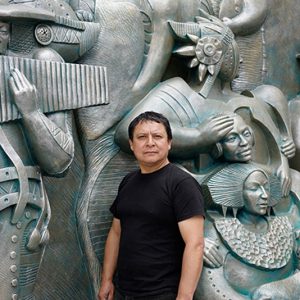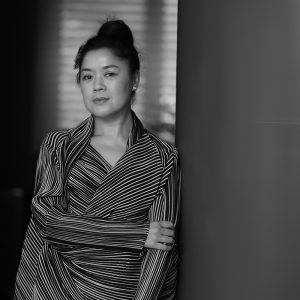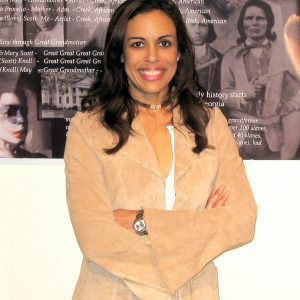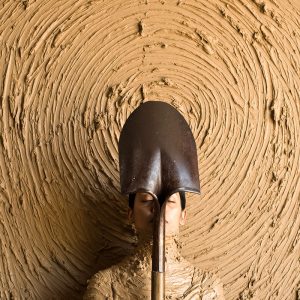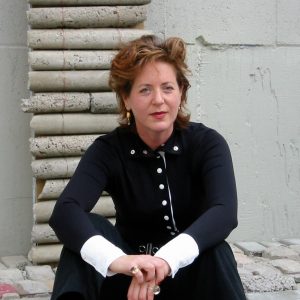This free-standing new museum, designed by architects James Stirling and Michael Wilford, opened in 1985. Skillfully planned for a constricted site near Harvard Yard, across from the Fogg Museum on Quincy Street, the Arthur M. Sackler Museum was built to house art from the Eastern and Western worlds pre 1200 AD.
Harvard University’s Fogg Museum was established before 1900, moved to a new building on Quincy Street in 1927, and became the premier university museum in the United States for the teaching of art. Its choice holdings, mostly gifts from alumni, could compare with all but the most exceptional museums in the world. However, by the 1970s the building was run down and there was no space to present the superb Asian art, kept in storage. Seymour Slive, Gleason Professor of Fine Art and Director of the Fogg Museum, asked Arthur Sackler for a donation to house the “Oriental” art in a pavilion to be built on the back of the Fogg. After extensive discussions, and a ten-fold funding increase, it was agreed to build a separate museum to house the Asian and Ancient collections.
The Sackler Museum includes three floors of galleries on its inner side, and five floors devoted to seminar rooms, offices and curatorial study-storage areas on its outer flank, united by a dramatic central stairway. The galleries contain permanent displays of Oriental, Islamic, Indian and Ancient art, as well as temporary exhibitions. The top floor of galleries employs natural light introduced through a specially designed system of skylights. Also in the Museum are 280-seat auditorium, a library, and service spaces. The design has attracted much attention since it was shown to the public in 1981, and has been acclaimed “the architectural event of the 1980s” by New York Times critic Ada Louise Huxtable, and Philip Johnson declared it to be the most functional museum he had ever seen.
485 Broadway, Cambridge, MA 02138
